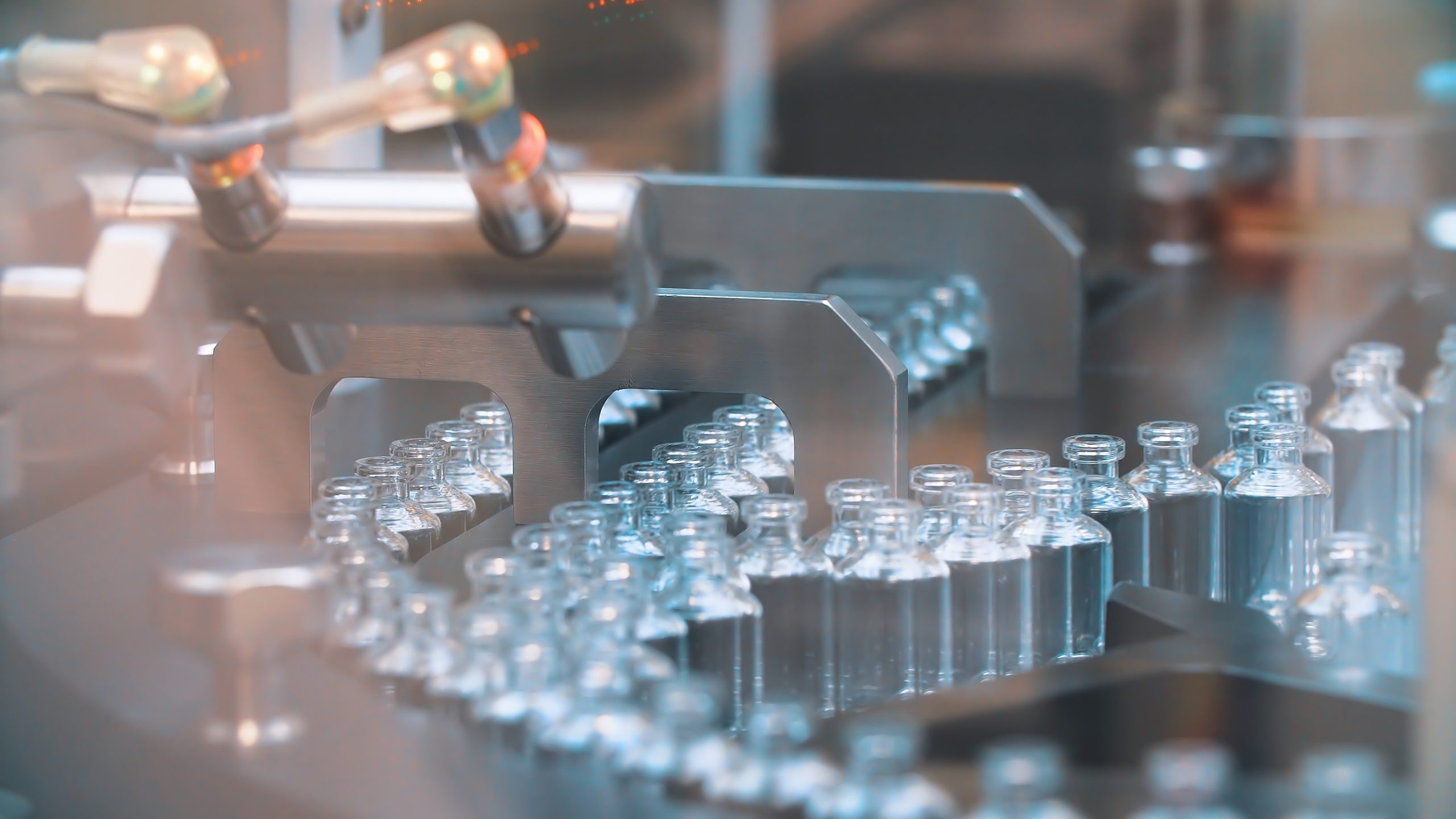Yellow4FLAVI
Dissecting YF17D immunogenicity for more general vaccine design

Objective
We are pursuing three major objectives:
- To define the role of the virus architecture in epitope presentation to understand the link between viral particle intracellular trafficking, antigen presentation, and generation of protective epitopes (WP1). The aim is to define the structural determinants of flavivirus protective epitopes and gain information on their manipulation for vaccine design.
- To increase our knowledge of the factors regulating the host immune response to YF17D vaccine from the early events at the site of injection to the maturation of a long-lasting immunological memory (WP2–WP4). The aim is to identify host factors that predict and influence the immune response to YF17D, analyse the long-term memory immune response after vaccination, and untangle the initiation of the immune response and presentation of viral antigen to obtain a footprint of effective vaccination.
- To develop effective risk communication strategies for novel vaccines, particularly for flaviviruses, that are informed by insights into the perceptions of new vaccine technologies and understanding of vaccine-induced immunity in different populations (WP5). The aim is to examine the drivers of and barriers to vaccine uptake in contrasting case studies and develop broad lessons for the design of novel vaccination programmes.
Description
Climate change and urbanisation are the main causes of the global emergence of vector-borne diseases caused by flaviviruses. The genus flavivirus includes several human pathogens of medical importance, such as Zika, dengue, West Nile virus (WNV), and yellow fever virus. No specific antiviral therapies exist to treat flavivirus infection. Vaccination is currently the most effective instrument to control their circulation. However, only a few licensed vaccines against flaviviruses are available on the market and some of them are limited to only a subset of the target human population (age limit, pregnancy, or immune status). Our project ‘Deconstructing the protective immunity of yellow fever virus 17D to inform flavivirus vaccine design’, YELLOW4FLAVI, gathers an interdisciplinary consortium built to address the EU HORIZON strategic plan aiming for ‘a resilient EU prepared for emerging threats’. It combines the complementary expertise of its leading partners in molecular and structural virology, cell biology, innate and adaptive immunology, clinical immunology, and social sciences and humanities (SSH) to significantly improve the currently very limited state in flavivirus vaccine design, using the most successful of all vaccines—yellow fever 17D—as a model to understand the molecular basis of long-lasting immune protection.
AIGHD Research Lead
Giovanna Barba Spaeth (Institut Pasteur Paris)
Partners
- Ludwig Maximilians University
- KLINIKUM DER UNIVERSITAT MUNCHEN
- University Hospital of Erlangen
- Istituto Zooprofilattico Sperimentale Teramo
- University of Padova
- Centro Internacional de Entrenamiento e Investigationes Medicas
- Rega Institute KU Leuven
- University of Turku
- Charite – Universitätsmedizin Berlin
- Amsterdam Institute for Global Health & Development AIGHD
- ImmuneWatch
- INSERM/IC (Institut Cochin)
Funders
Horizon Europe
Countries
- Belgium
- Colombia
- Germany
- Finland
- France
- Italy
- The Netherlands
